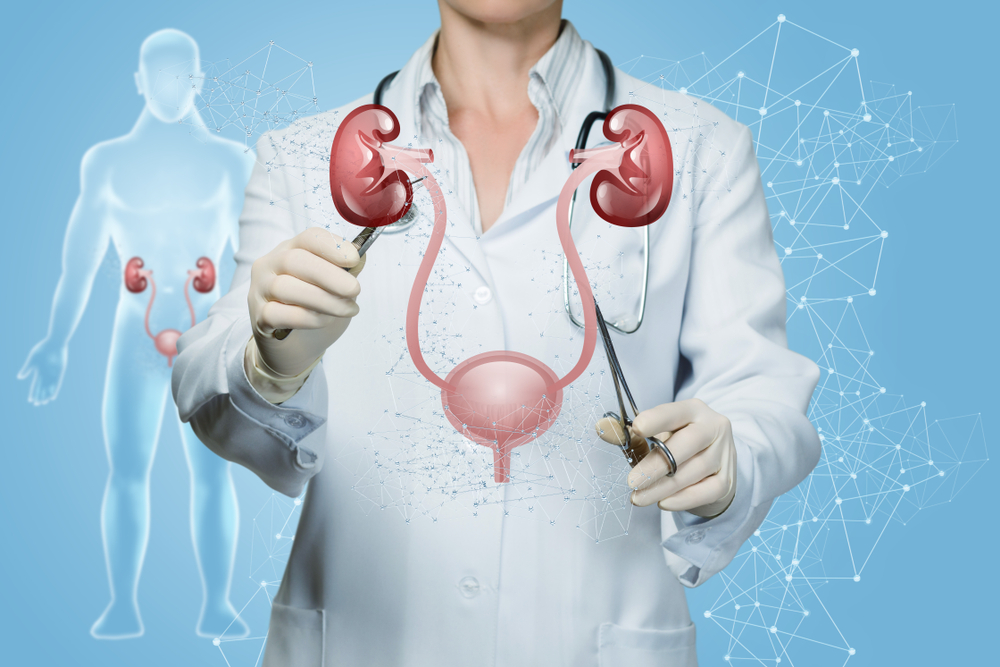What Is LUTS?
Lower Urinary Tract Symptoms, or LUTS, are a range of urinary problems that affect men and are experienced during urinating. Approximately 1 in 5 adult men (over the age of 18) have LUTS. Studies have shown that the risk of acquiring symptoms rises with age.
What Are Symptoms Of LUTS?
Lower Urinary Tract Symptoms, abbreviated as LUTS, is a group of clinical indications and indicators that impact the prostate, urethra, bladder, and urinary sphincter in males. Even though the term is usually used to refer to issues affecting men, lower urinary tract issues can affect women as well.
Storage symptoms and voiding symptoms are the two subtypes of LUTS.
- Storage symptoms can include frequent urination, urgency, urge incontinence, and nocturia.
- Voiding symptoms can include hesitation, a weak or irregular stream, straining, prolonged urination, or dribbling.
Due to the widespread and non-specific nature of LUTS, prostate cancer is not necessarily the cause. Large-scale patient examinations show there is not necessarily a link between lower urinary tract symptoms and one specific disease. A biopsy report of LUTS that had malignant characteristics in the prostate did not support the association between those symptoms and prostate cancer, even with current laboratory testing.
What Are Factors That Cause LUTS?
Benign Prostatic Hyperplasia (BPH) is a common condition in older men and is a common cause of Lower Urinary Tract Symptoms.
Other factors that contribute to LUTS in males include urethral blockages, hyperactive bladder muscles, and urinary tract infections. Weak pelvic floor muscles are another component that can cause LUTS. LUTS can also result from conditions and lifestyle decisions that affect the lower urinary tract, such as cancer of the bladder, kidneys, or ureters (the tubes that move urine from the kidneys to the bladder). Diseases including diabetes, obesity, and high blood pressure can all lead to symptoms in the lower urinary tract.
How Can LUTS Be Treated?
To effectively treat lower urinary tract issues, it is critical to precisely assess the underlying condition or behavior. When a person visits a urologist, they may expect a thorough review of their medical history, current conditions, and prescriptions, as well as a physical exam. The medical professional may also recommend diagnostic testing like a digital rectal exam, blood tests, imaging, and urinalysis to assess the prostate gland.
If a reason is found, other treatments may be used. For example, a course of antibiotics would be provided for a UTI, and the appropriate medication would be prescribed for benign prostatic hyperplasia. When benign prostatic enlargement-related symptoms are mild but persistent, patients may be prescribed a variety of treatments, either as a single prescription or in combination with other medications.
If you are seeking the best in prostate care in New York City, consider 1Prostate. 1Prostate is proud to offer a number of treatments to address Benign Prostatic Hyperplasia with two locations to serve Manhattan, Queens, and the surrounding areas. Call 212-991-9991 to ask about how we can help you today.













